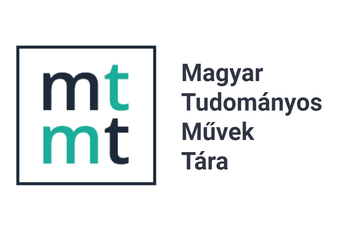CRIMINAL LAW COMPETENCES OF THE EUROPEAN UNION BEFORE AND AFTER THE TREATY OF LISBON
Keywords:
European Union, criminal law, Treaty of Lisbon, criminal competences, reformed regulationAbstract
For a long time, criminal law was regarded as the symbol and last rampart of national sovereignty, therefore the European Communities originally did not have the legal competence in criminal matters. However, the development of the European integration demonstrated that it is difficult to disassociate Community action in the main areas of Community competence from criminal justice policy. There are two main justifications for Union action in the field of criminal law: the need to combat against serious cross-border criminality and the need to safeguard interests, policies and objectives of the European Union by means of criminal law. For these reasons, the Treaty of Maastricht extended the European integration to the justice and home affairs, and created the three pillar system of the European Union. Cooperation in criminal matters was placed in the third pillar of the EU. Since then the European Union’s activity in criminal law gradually broadened. The Treaty of Lisbon, which was an important turning point in the history of EU criminal law, placed the cooperation in criminal matters on a new contractual basis, abolished the pillar structure and empowered the European Union with a wide legislative competence.
This paper aims to analyse the development of the European Union’s competences in the area of criminal law. The paper is divided into two main sections: the first part deals with the criminal competences before the Treaty of Lisbon and the second part examines the reformed regulation introduced by the Treaty of Lisbon.




